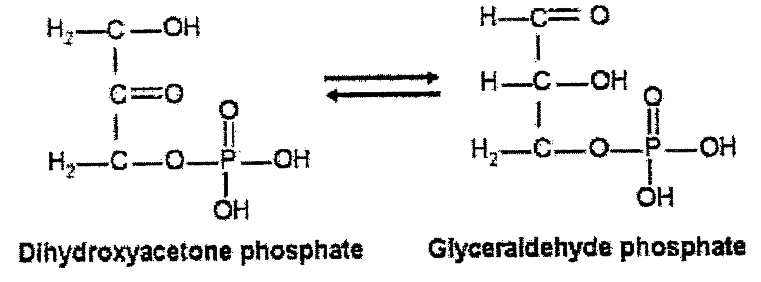Certain carbonates and phosphates are removed by
skin
liver
kidneys
None of these
The correct Answer is:D
Step-by-Step Solution:
1. Identify the Organs Involved in Excretion: Begin by recognizing the main organs responsible for excretion in the human body, which include the kidneys, liver, and skin.
2. Understand the Role of the Kidneys: The kidneys play a crucial role in filtering blood and removing waste products. They are responsible for regulating various substances, including electrolytes, water, and waste products.
3. Focus on Carbonates and Phosphates: The question specifically asks about the removal of certain carbonates and phosphates. It is important to know that the kidneys are involved in the excretion of these substances.
4. Explain the Excretion Process: The kidneys filter out excess phosphates from the blood and excrete them in urine. They also help in regulating calcium levels, which can be associated with carbonate levels in the body.
5. Consider Kidney Dysfunction: If the kidneys are not functioning properly, it can lead to the accumulation of waste products, including carbonates and phosphates, which can result in the formation of kidney stones.
6. Conclude with the Correct Answer: Based on the above points, the correct answer to the question is that certain carbonates and phosphates are removed by the kidneys.
Final Answer: Certain carbonates and phosphates are removed by the kidneys.
---
Topper's Solved these Questions
Similar Questions
Knowledge Check
Plants absorb phosphates as
ASoluble phosphateBAll phosphatesCPhosphoric acidDAs element$ Minerals such as carbonates and phosphates acts as buffers.
! Biomolecules contain only 25 elements out of the 109 known elements.AIf both As and R are correct and R is correct explanation of AsBIf both As and R are correct but R is not correct explanation of AsCIf As is correct, R is wrongDIf both As and R are wrong.DNA contains nucleobases, sugar and phosphate. Removal of which among these from a DNA sample will not significantly affect the length of DNA?
ANucleobasesBSugarCPhosphateDNone of these
Mention the carbon positions to which the nitrogenous base and the phosphate molecule are respectively linked in the nucleotide given below :
View SolutionMention the carbon positions to which the nitrogenous base and the phosphate molecule are respectively linked in the nucleotide given below ?

View SolutionDihydroxy acetone phosphate and glyceraldehyde-3-phosphate are reversibly interconvertible

The enzyme that catalyzes the above reaction is
View SolutionPhosphide and phosphate ions respectively are
View Solutioninterconversion of glyceraldehyde-3-phosphate and dihydroxyacetone phosphate is catalysed by which enzyme ?
View Solution